|
|
PeperomiaFamily: Piperaceae.
| Peperomia caperata |
|
Peperomia caperata |
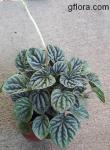 |
Genus of about 1000 species of evergreen, sometimes succulent, rosette-forming or erect perennials, some with trailing stems, from tropical and subtropical regions worldwide. There are many species of peperomia but all are grown for their decorative leaves. Trailing, bushy and upright types are available, and the foliage may be fleshy, quilted, corrugated, smooth or hairy, green or variegated... Best growth occurs in an east window or with medium light intensity. Water when the soil surface is dry but let the soil dry more in winter. Emerald Ripple and Watermelon Peperomia are easily over-watered. Ideal temperatures are 62 degrees at night and 85 degrees during the day. Resting plants prefer cooler temperatures. Repot in March and fertilize very little. Less growth occurs under low humidity. |
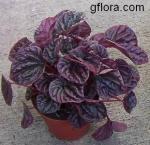 |
| Growing conditions |
Watering and misting |
Propagation |
| Average warmth in summer - minimum 55F in winter.Brightly lit spot. Keep well away from direct sunlight. Grow in soilless or soil-based potting mix. |
Keep compost moist at all times but never waterlogged. Reduce watering in winter. Use soft, tepid water. Misting is necessary. |
Propagation is by stem, or leaf, or leaf-bud cuttings in spring. Remove offsets of rosetted variants. Sow seed at 66-75 F (19-24 C) when ripe. |
|
Peperomia magnolifolia variegata |
|
|
Peperomia "Tricolor"
Compact plant with variegated leaves. |
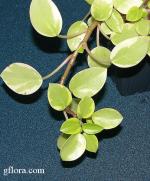 |
|
Peperomia obtusifolia |
|
|
Baby Rubber Plant, stiff and upright, elliptic, leathery, dull green leaves. |
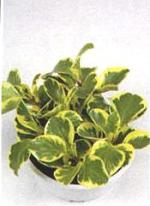 |
|
Peperomia pereskiifolia |
|
|
|
 |
|
Peperomia rotundifolia |
|
|
Yerba Linda, creeping, usually epiphytic, slender fleshy stems with minute hairs, rounded bright green leaves. |
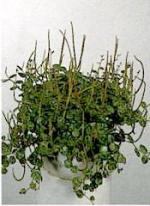 |
|
Peperomia scandens (False philodendron) |
|
|
Trailing perennial with heart-shaped, pale green leaves, 2-3in (5-8cm) long. Native to Mexico and South America. |
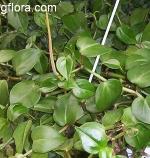 |
|
These materials are freely provided for instructional and educational purposes. Any duplication or publication of text or images herein for commercial gain without explicit written permission of the owner or photographer constitutes breach of trust and violation of copyright.
Copyright © Galka Okhapkina 1998-2025







